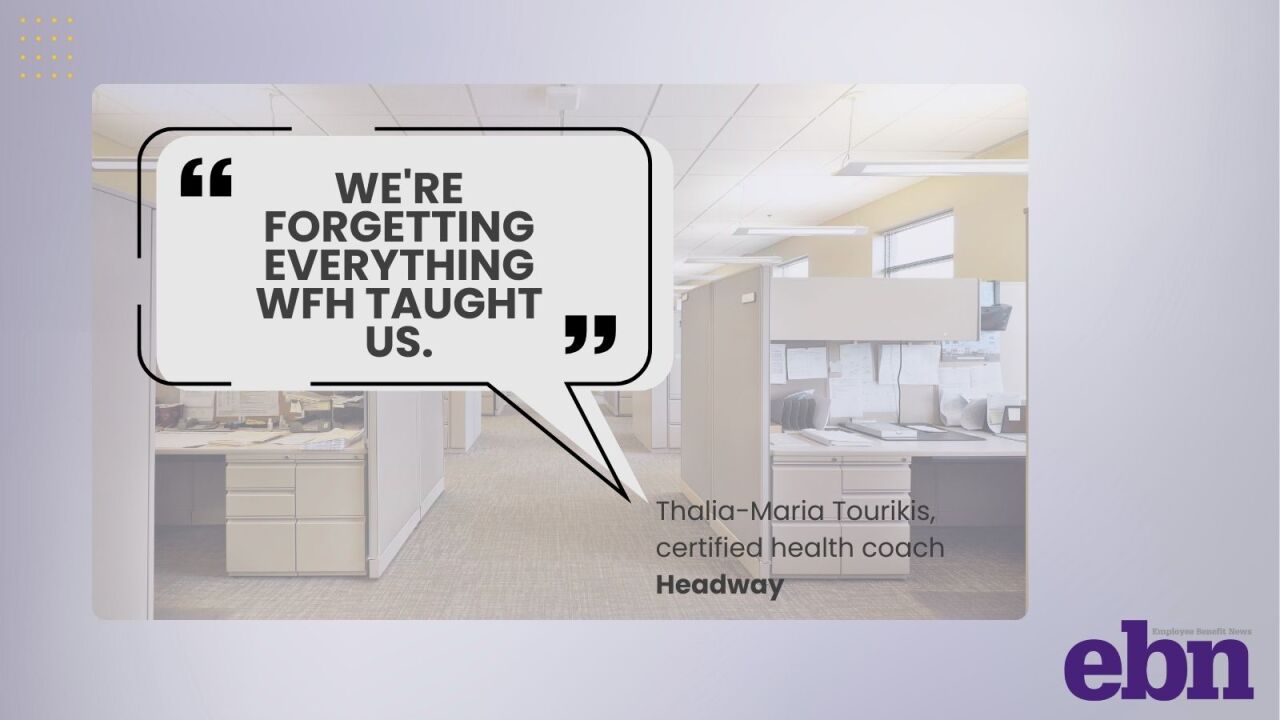Most workplaces have
A psychologically-safe environment is key to good
Read more:
Beyond standard policies about harassment, employers can communicate zero tolerance for other negative behaviors — like bullying and disrespect — that can impact how people feel when they're at work. The goal is to make the way employees conduct themselves a fundamental part of their job, says attorney Elissa Rossi, the VP of compliance at Traliant, a platform that offers employee training in ethical, inclusive and respectful behavior.
"Get started with what is prohibited under the law, and then say, 'What culture do we want? What are our ethics? If we could have the best culture, what would it be?'" she says. "[Whether it's] a more hard-driving culture or a more relaxed culture, both can be respectful and allow employees to feel safe."
Rossi impresses the need for leadership to make behavioral expectations an ongoing conversation, incorporate interactive training, and establish clear channels of communication for anyone who has questions or issues. Done with consistency, a high bar is set for how employees at all levels treat each other.
Read more:
On the opposite end, if companies fail to create an environment where employees feel comfortable working, sharing ideas, and interacting, business will suffer. If something does happen, demonstrating accountability goes a long way in keeping up worker morale, notes Rossi.
"If you let one type of bad behavior flourish, that behavior can escalate, and it can also lead to other types of bad behavior," Rossi says. "An erosion of the culture can happen, you lose good people, you have a hard time getting good people to join."






